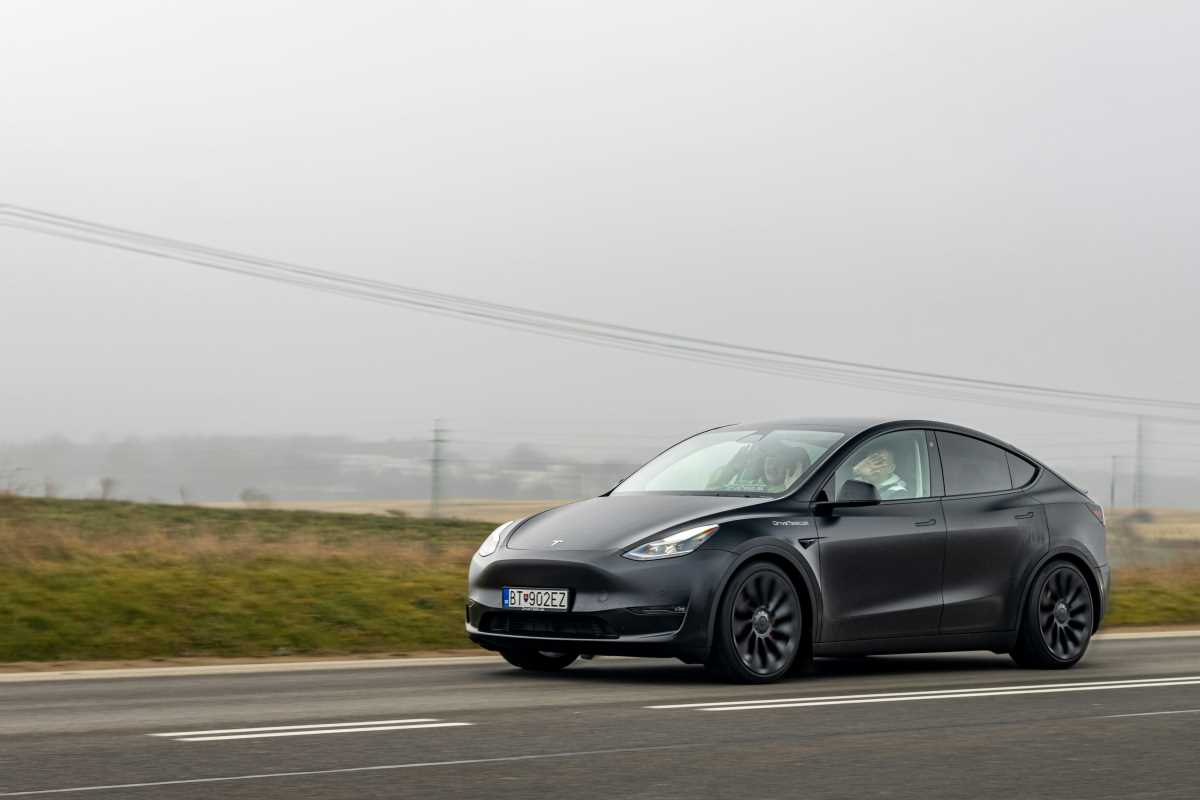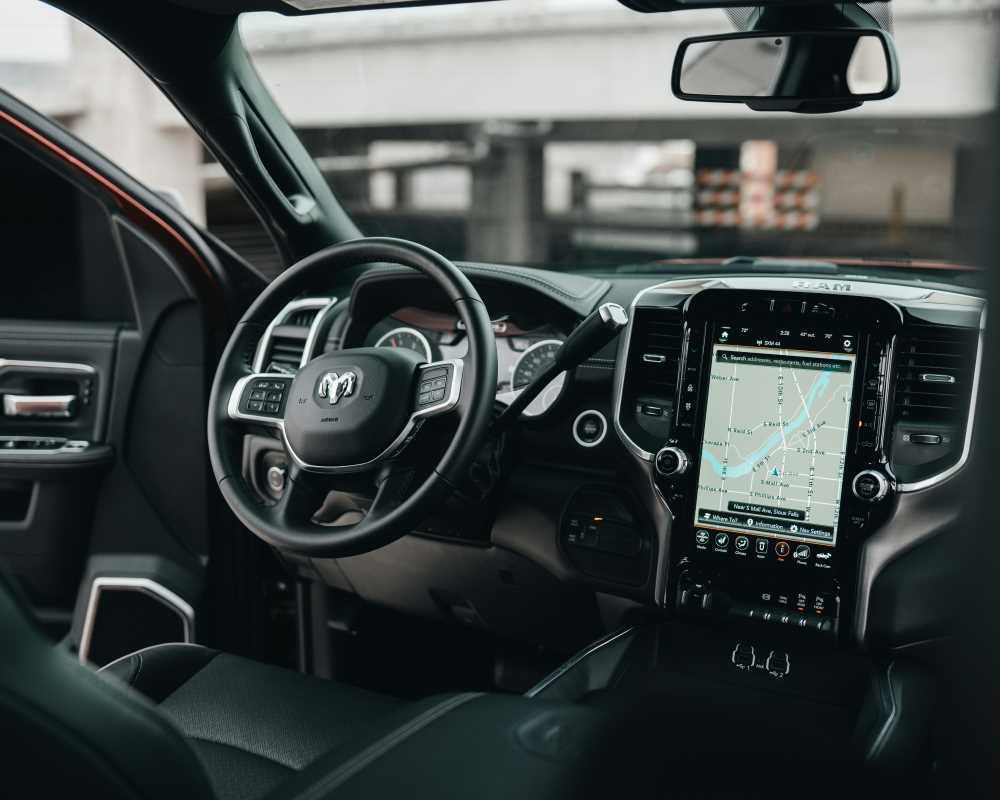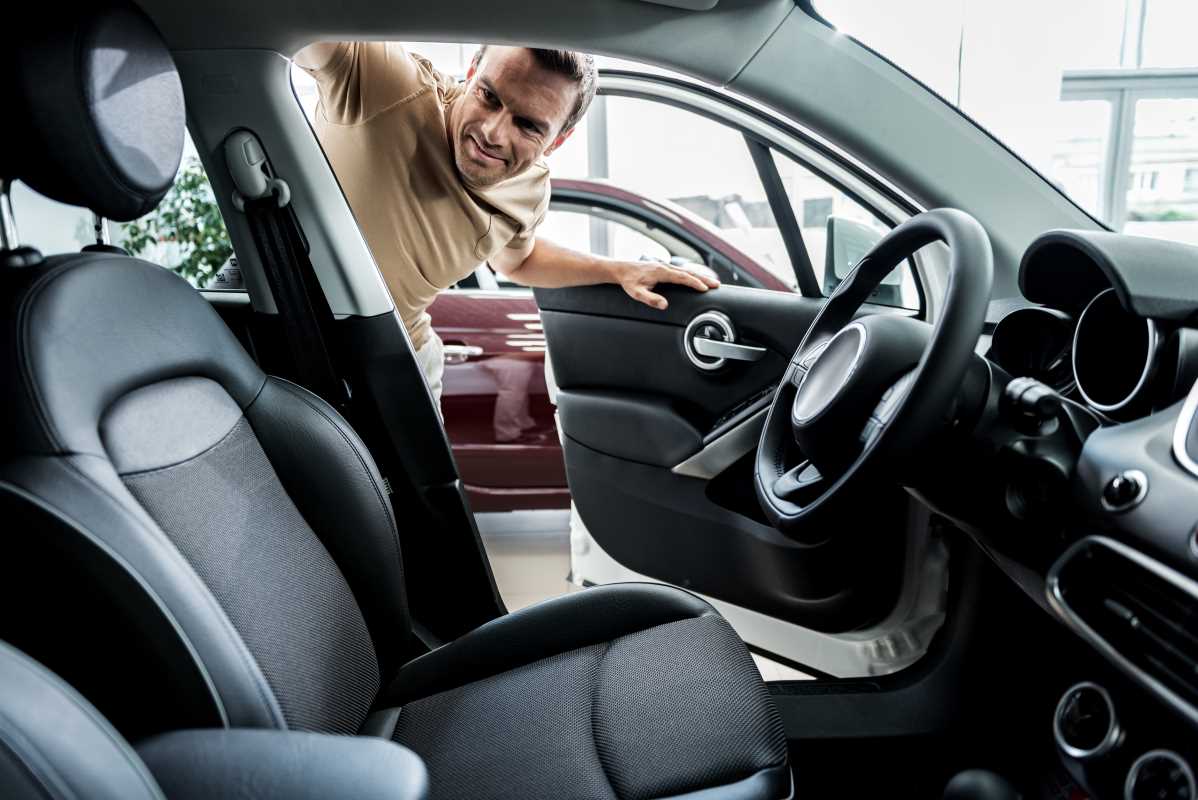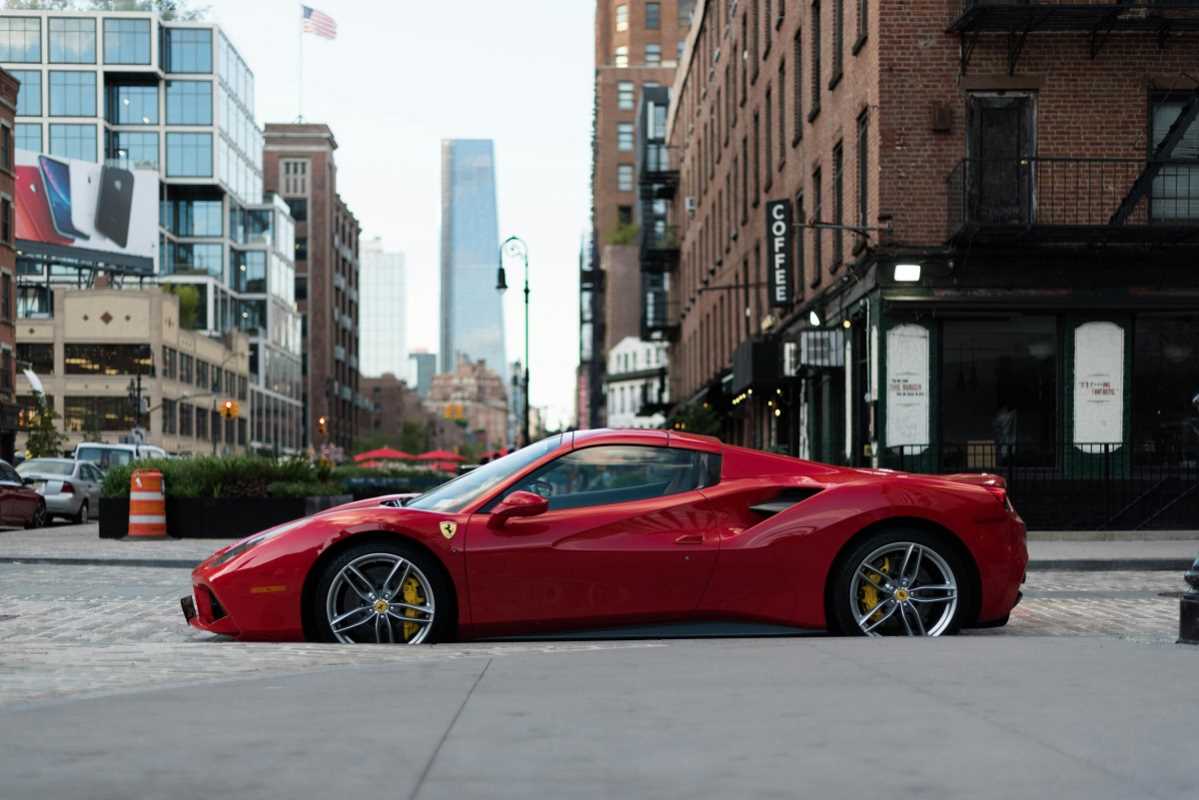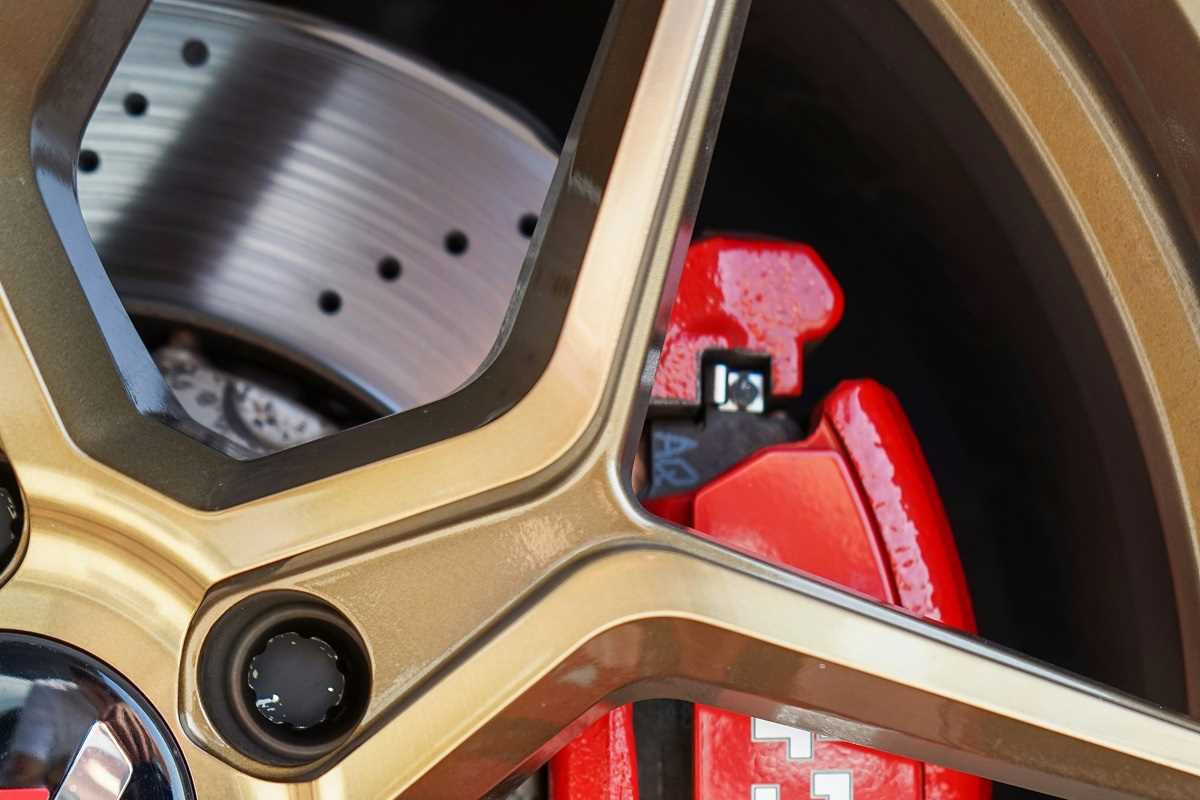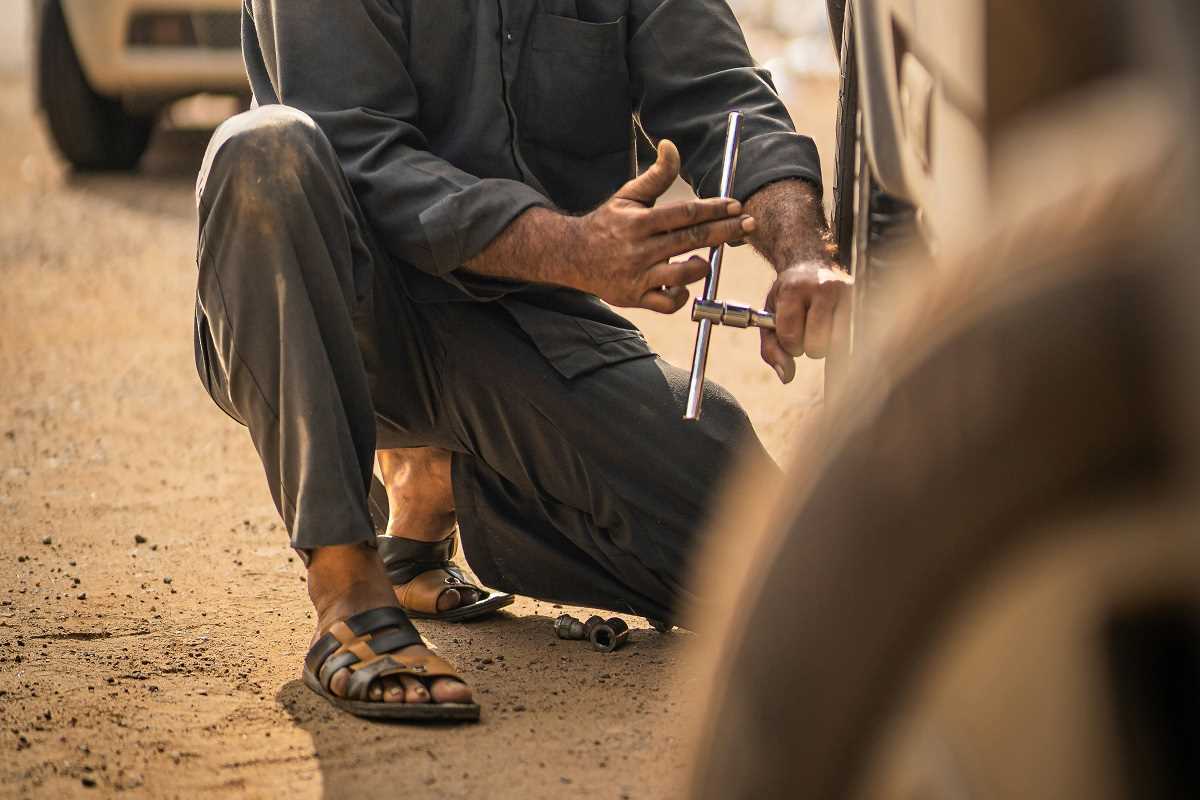Driving today feels a lot safer than it used to, and we have modern technology to thank for that. Automakers have been working hard to develop new features that help prevent accidents and protect not just drivers and passengers, but also pedestrians and cyclists. Cars are no longer just about getting from point A to point B; they are smart machines designed to make roads safer for everyone. Let's take a closer look at some of the coolest safety features being built into new vehicles and the models where you can find them.
1. Adaptive Cruise Control (ACC)
Long road trips and highway drives just got a lot easier with Adaptive Cruise Control. This technology takes traditional cruise control to the next level by adjusting your speed automatically depending on traffic conditions.
What It Does:
ACC uses sensors or cameras to monitor the distance between your car and the one in front of you. If traffic slows down, your car will reduce its speed to maintain a safe buffer. Should the road clear up again, the system will accelerate back to your preset speed. Some vehicles even use stop-and-go functionality, bringing the car to a halt and restarting it in stop-and-go traffic.
You can find this feature in cars like the Honda Accord, which uses its ACC to help drivers cruise comfortably while maintaining a safe distance from other vehicles. Tesla’s Autopilot system includes a similar feature, offering advanced capabilities like automated lane changes for a smoother highway experience.
Why It’s Important:
By taking over the task of constantly adjusting your speed, ACC helps reduce fatigue during long drives. More importantly, it can lower the risk of rear-end collisions by reacting faster than most humans can.
2. Lane-Keeping Assist (LKA)
Ever found yourself drifting out of your lane because you got distracted for just a second? Lane-keeping technology helps you avoid that issue by gently guiding your car back into the correct lane.
What It Does:
Lane-keeping systems use cameras to detect lane markers on the road. If your car starts straying out of its lane without a blinker signal, the system warns you with sounds or vibrations. Some versions can even steer your car subtly back into position or keep it centered within the lane while you drive.
The Toyota Camry includes Lane Tracing Assist, which helps keep the car steady in the center of the lane, even around curves. The Subaru Outback, another popular model, has its own take on this feature, combining it with a broader safety suite to give drivers extra peace of mind.
Why It’s Important:
Lane-keeping features are particularly useful on long stretches of road or when navigating challenging curves. They’re a backup for human error, helping to prevent sideswipes and other accidents caused by drifting between lanes.
3. Automatic Emergency Braking (AEB)
Sometimes, it’s hard to react fast enough when a car suddenly stops in front of you or a pedestrian steps into your path. That’s where Automatic Emergency Braking steps in, and it’s proving to be one of the most effective safety technologies yet.
What It Does:
This feature uses forward-facing sensors to monitor your surroundings. If the system detects that a crash is imminent and the driver isn't reacting quickly, it automatically applies the brakes. Some cars take it a step further by recognizing pedestrians or cyclists and braking to avoid them.
The Hyundai Palisade is equipped with Forward Collision-Avoidance Assist, which scans the road ahead for potential hazards and applies brakes to prevent collisions. The Ford Escape uses this technology too, with added functionality to help drivers during left-turn scenarios at intersections.
Why It’s Important:
AEB has shown to significantly reduce rear-end collisions. It’s especially helpful for drivers in busy areas where things can change quickly, making roads safer for both vehicles and pedestrians.
4. Blind-Spot Monitoring (BSM)
Checking your blind spots is a critical part of driving, but even the most diligent driver can't always see everything. Modern blind-spot monitoring systems take the guesswork out of lane changes, making the process safer and easier.
What It Does:
BSM uses radar or ultrasonic sensors to keep an eye on areas you can’t see in your mirrors. If another car is in your blind spot while you’re trying to switch lanes, the system sends a visual or audio warning. Some cars even tug the steering wheel gently to stop you from completing an unsafe lane change.
Vehicles like the Mazda CX-5 offer this feature, alerting drivers with subtle lights on the side mirrors whenever a car is in their blind spot. The Nissan Rogue ups the game with blind-spot intervention, actively steering the car back if the driver attempts a dangerous merge.
Why It’s Important:
This technology reduces the number of accidents caused by unsafe merges. It’s great for highway driving, where cars may be moving at different speeds, and it makes having confidence behind the wheel much easier.
5. Pedestrian and Cyclist Detection
Safety isn’t just about those inside the car; it’s also about the people outside of it. Pedestrian and cyclist detection focuses on preventing accidents involving those who are the most vulnerable on the road.
What It Does:
This advanced system uses cameras and sensors to watch for pedestrians and cyclists in your driving path. If someone crosses in front of your car, it can alert you and apply the brakes to avoid a collision. This is particularly helpful in urban areas or school zones where foot traffic is high.
The Volvo XC90 includes an advanced system capable of detecting cyclists and pedestrians and applying full emergency braking if necessary. Another standout is the Subaru Forester, which offers similar functionality through its EyeSight technology.
Why It’s Important:
This feature adds an extra layer of awareness, particularly in busy environments. It’s a key piece of technology for ensuring that everyone—not just drivers—is protected on the road.
A Peek Into the Future
Current car models already feature amazing safety systems, but the future looks even brighter. Exciting innovations like driver monitoring systems are on the rise. These systems can detect if a driver is drowsy, distracted, or not looking at the road and provide alerts to refocus their attention.
Automakers are also experimenting with augmented reality heads-up displays, projecting things like navigation guides or collision warnings onto the windshield itself. Imagine seeing real-time navigation arrows perfectly aligned with the road ahead, making it easier than ever to follow directions.
Finally, vehicle-to-vehicle communication is just around the corner. With this technology, cars will be able to share information with each other about sudden stops or traffic conditions, giving drivers extra time to react to hazards or congestion.
Safety on the Road Today
Today’s cars aren’t just built for comfort or speed—they’re designed to keep everyone safe. Features like adaptive cruise control, lane-keeping assist, and pedestrian detection are now setting new industry standards. These systems don’t just save lives; they make driving a more enjoyable and stress-free experience.
No matter how smart or advanced cars become, the most important safety tool will always be a focused and vigilant driver. That said, these innovations are incredible companions to our everyday driving, giving us the edge we need to avoid accidents and protect everyone we share the road with.
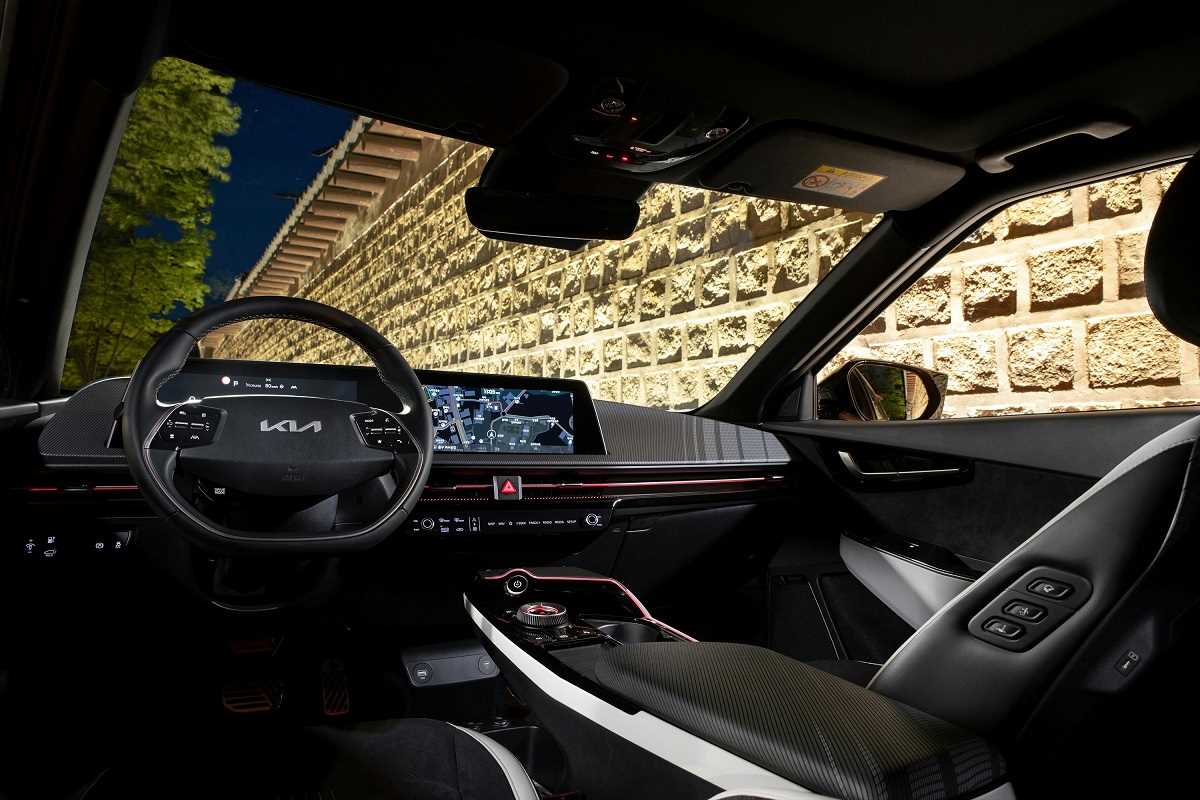 (Image via
(Image via